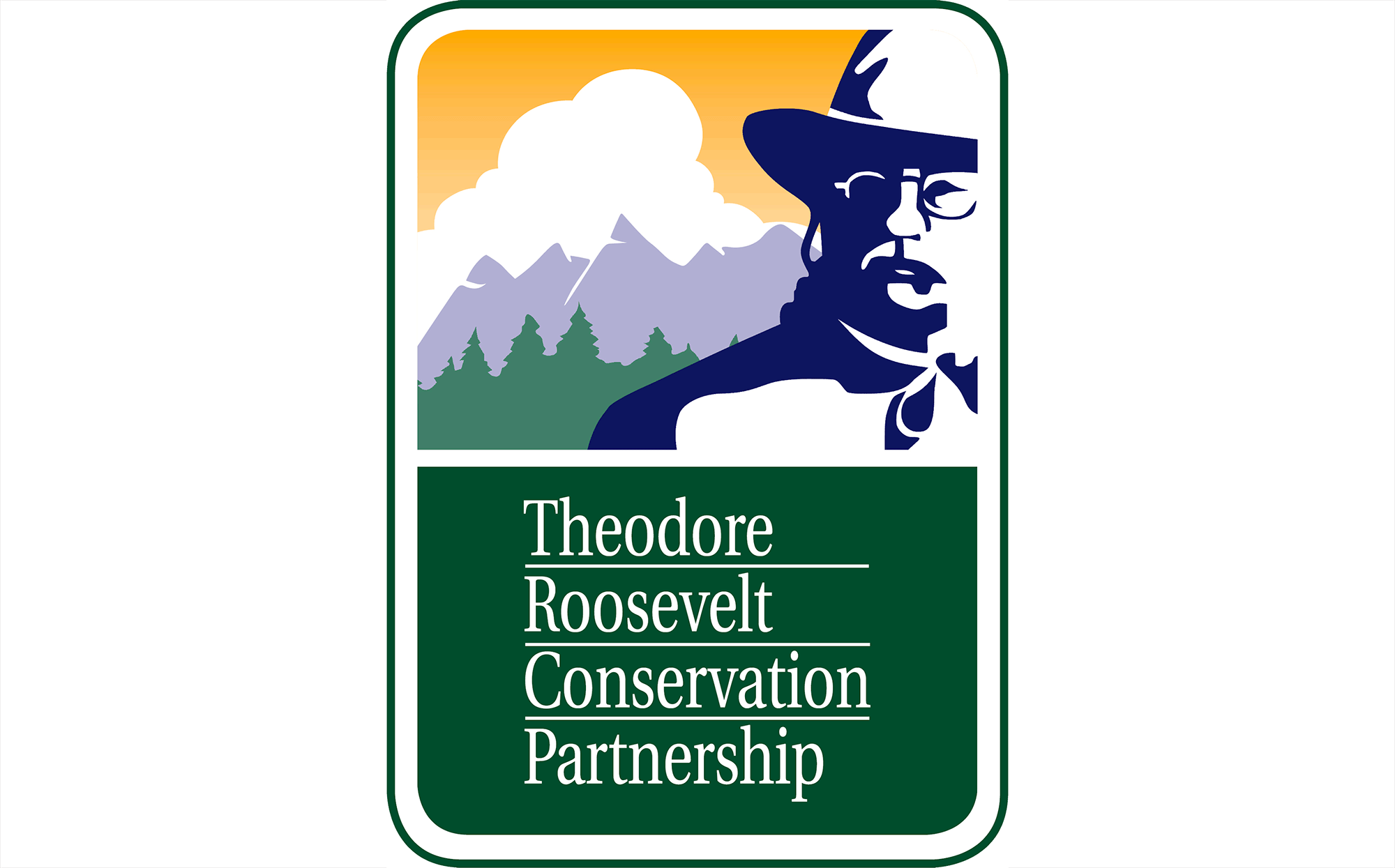A Confirmed Decline in Hunter Participation Should Be a Call to Action for Sportsmen

It’s time for our community and decision makers to get serious about R3 efforts, adequate conservation funding, and smart policies that enhance hunters’ opportunities afield.
A new report by the U.S. Fish and Wildlife Service shows that 101.6 million Americans participated in wildlife-related outdoor recreation last year. Unfortunately, while the number of people participating in fishing and wildlife-watching is up, participation in hunting dropped by about 2 million people to a total of 11.5 million hunters. Total expenditures by hunters also declined 29 percent from 2011 to 2016, from $36.3 billion to $25.6 billion.
This has significant ripple effects on not only the key federal funding models that support conservation of fish and wildlife, but also the base of support for our public lands and thoughtful natural resources policy.
“It is time for our community and our decision makers to get serious about R3, or recruitment, retention, and reactivation of hunters, because the implications for conservation are dire if this trend continues,” says Whit Fosburgh, president and CEO of the Theodore Roosevelt Conservation Partnership.
The report indicates that participation in fishing increased 8 percent since 2011, from 33.1 million anglers to 35.8 million in 2016, and total nationwide spending by anglers was up 2 percent. R3 efforts geared toward fishing and boating have been successful thanks to a funding provision in the Dingell-Johnson Act, also called the Federal Aid in Sport Fish Restoration Act, that allows a small percentage of these excise tax revenues to be used for recruitment and retention programs.
The Pittman-Robertson Act, which created the excise tax on guns, ammunition, and archery equipment, does not permit using the funds for R3 activities.

Image courtesy of Tim Donovan.
“We must modernize the Pittman-Robertson Act so we can promote hunting the same way we promote fishing and boating, bring the hunter education and licensing systems into the 21st century, and immediately address serious threats to hunting, like chronic wasting disease in deer,” says Fosburgh. “We must also focus on expanding access and improving the quality of the hunting experience—better habitat means more animals and more opportunities for success.”
Decision makers should further support the future of America’s hunting traditions by passing a fiscal year 2018 budget deal with robust funding for conservation and crafting a 2018 Farm Bill that not only enhances conservation tools for private lands but also incentivizes private landowners to enroll acres in voluntary public access programs. It is more critical than ever that sportsmen and women continue to be engaged in the public process of planning for management on America’s multiple-use public lands, as well.
It appears the USFWS will update this page with preliminary findings on the latest five-year report.
SHARE ON
You may also like
The role corn plays for gamebirds and economies ac...
Sportsmen’s conservation policy issues from publ...
Sportsmen’s conservation policy issues from publ...



























